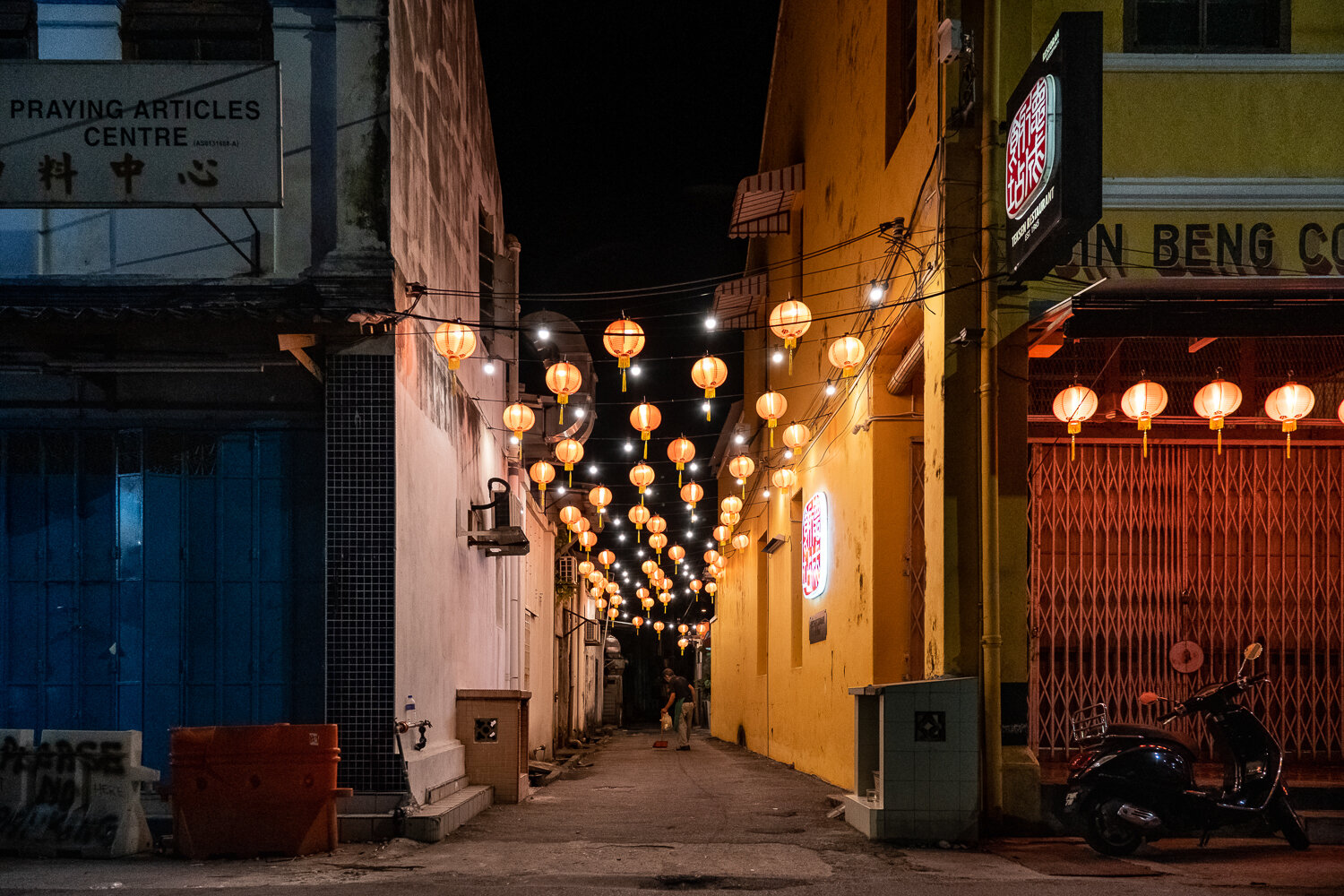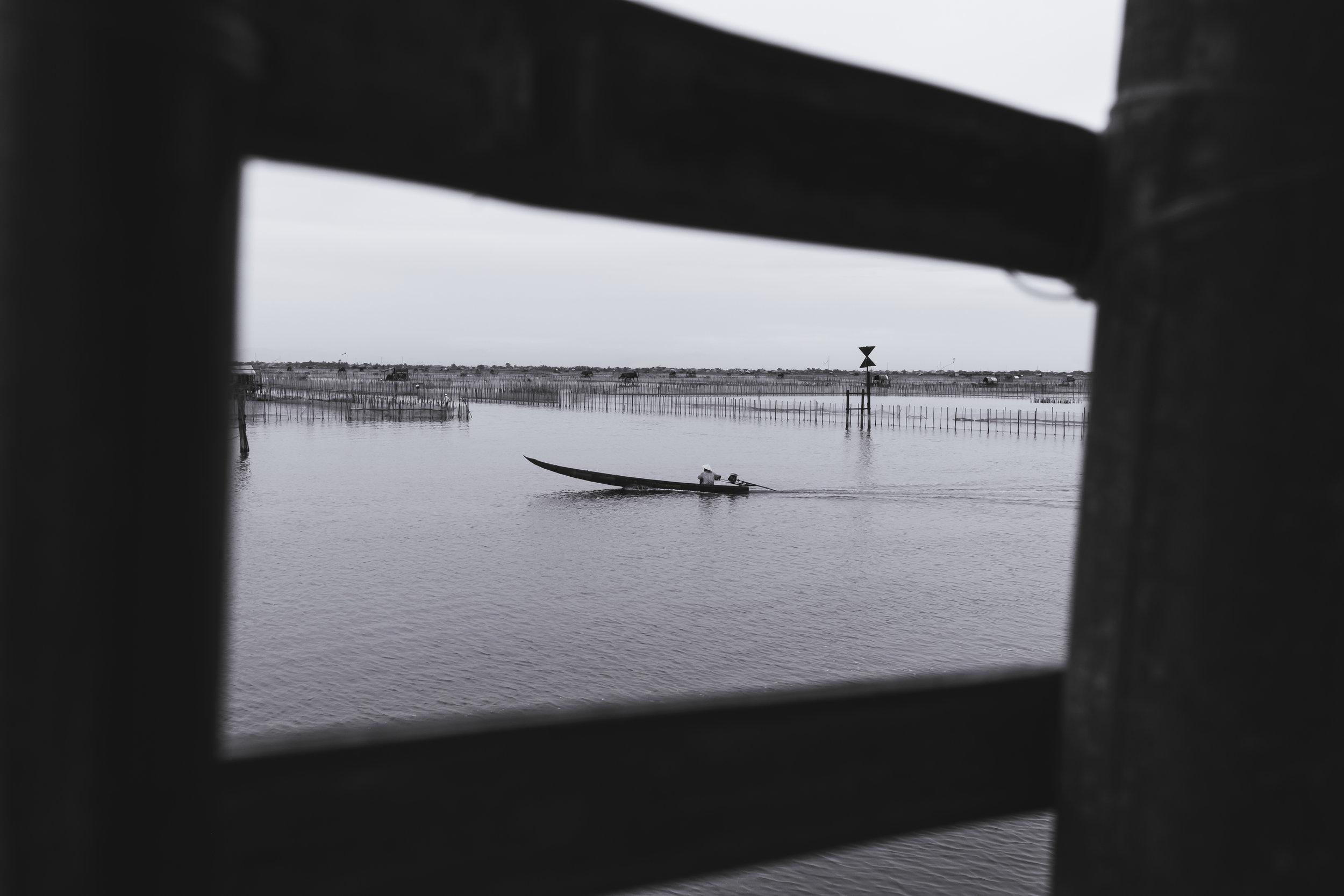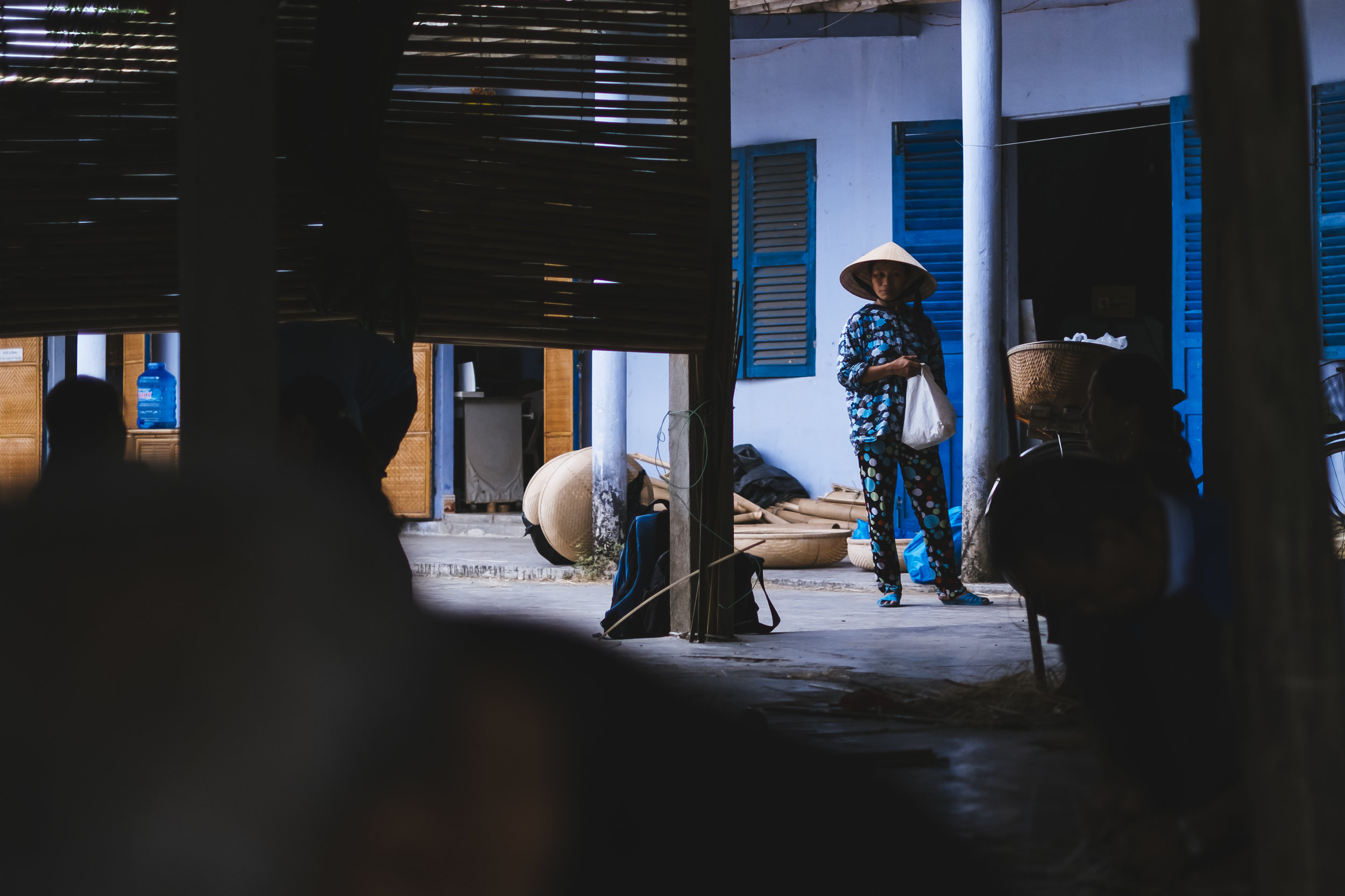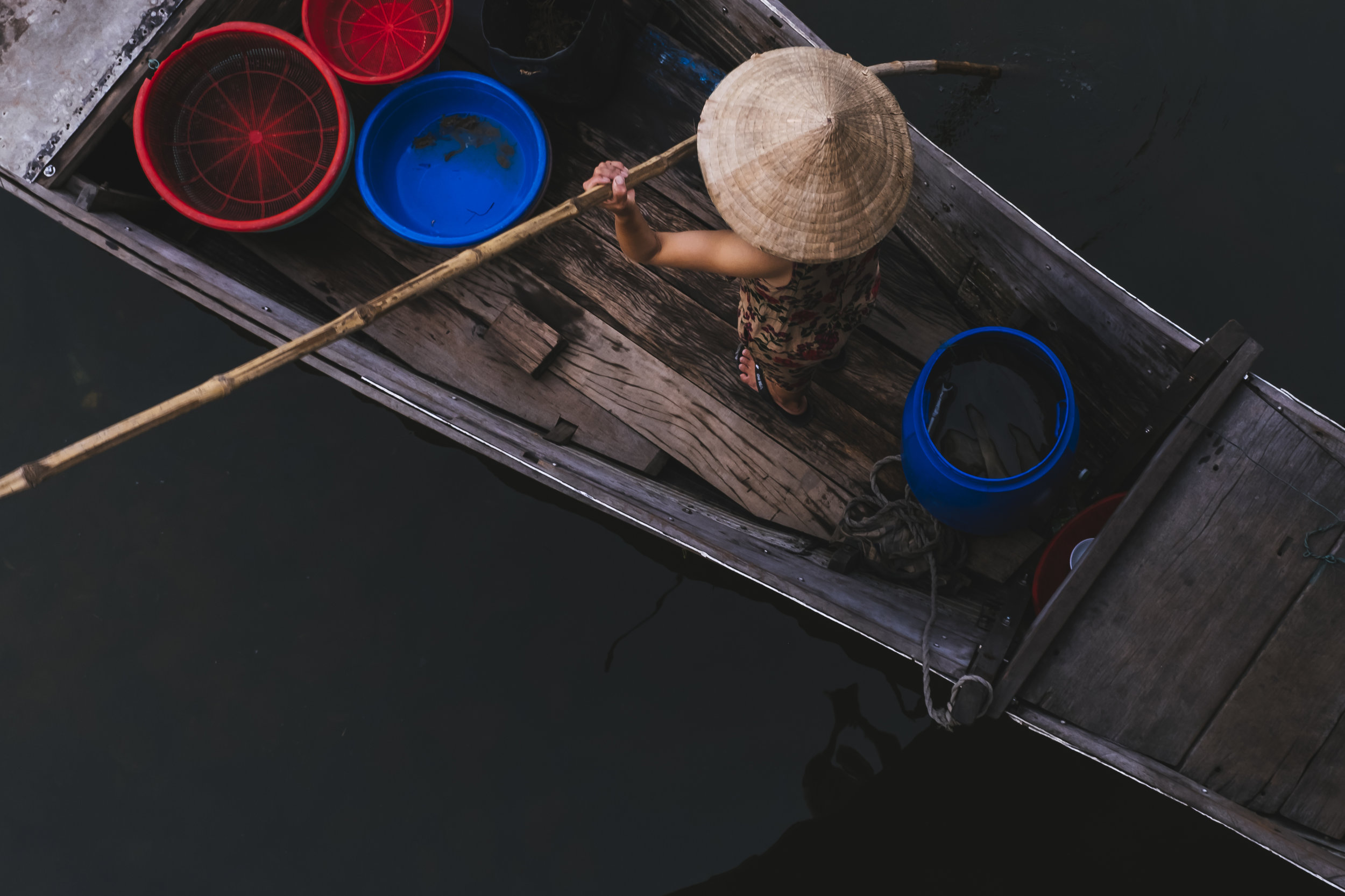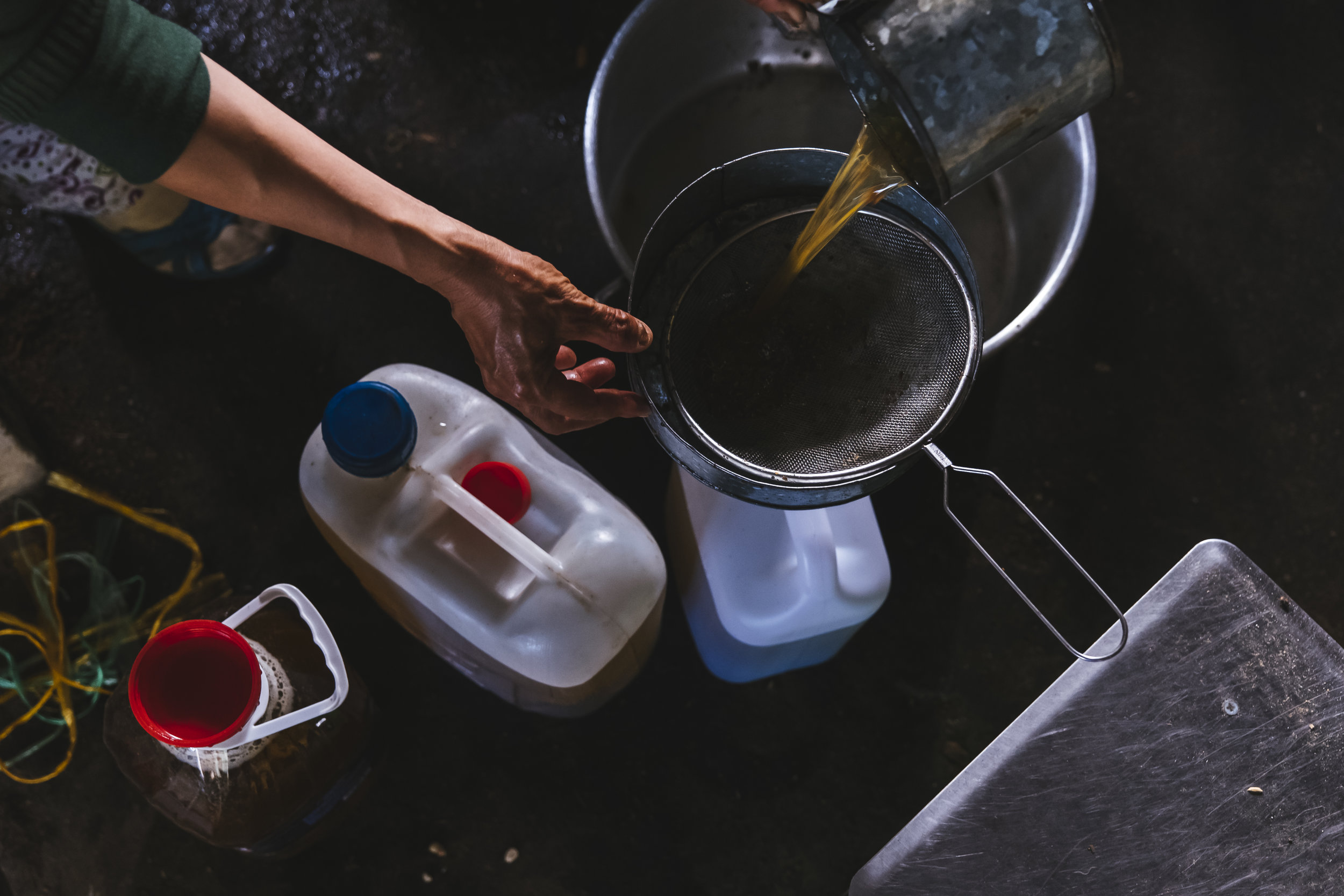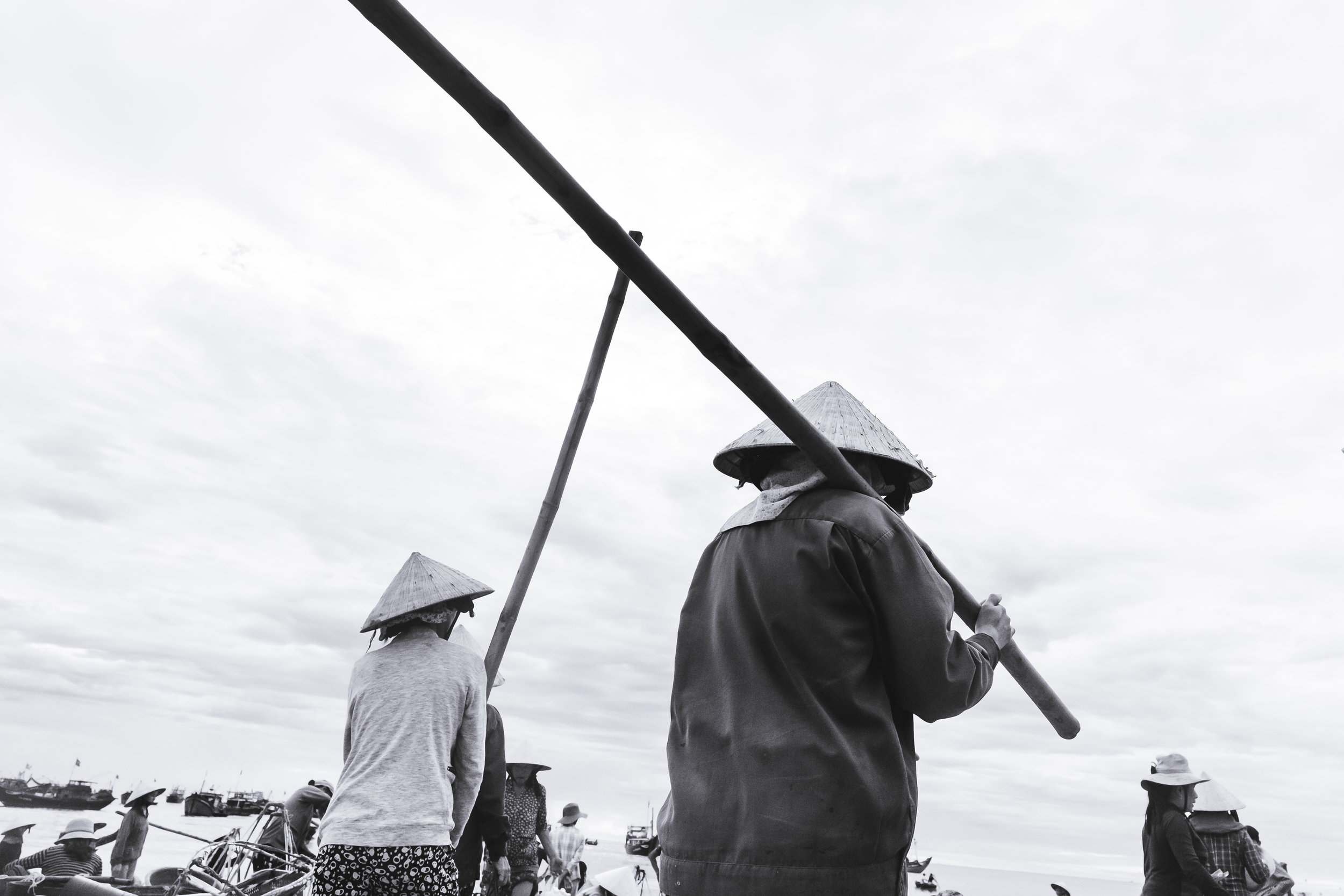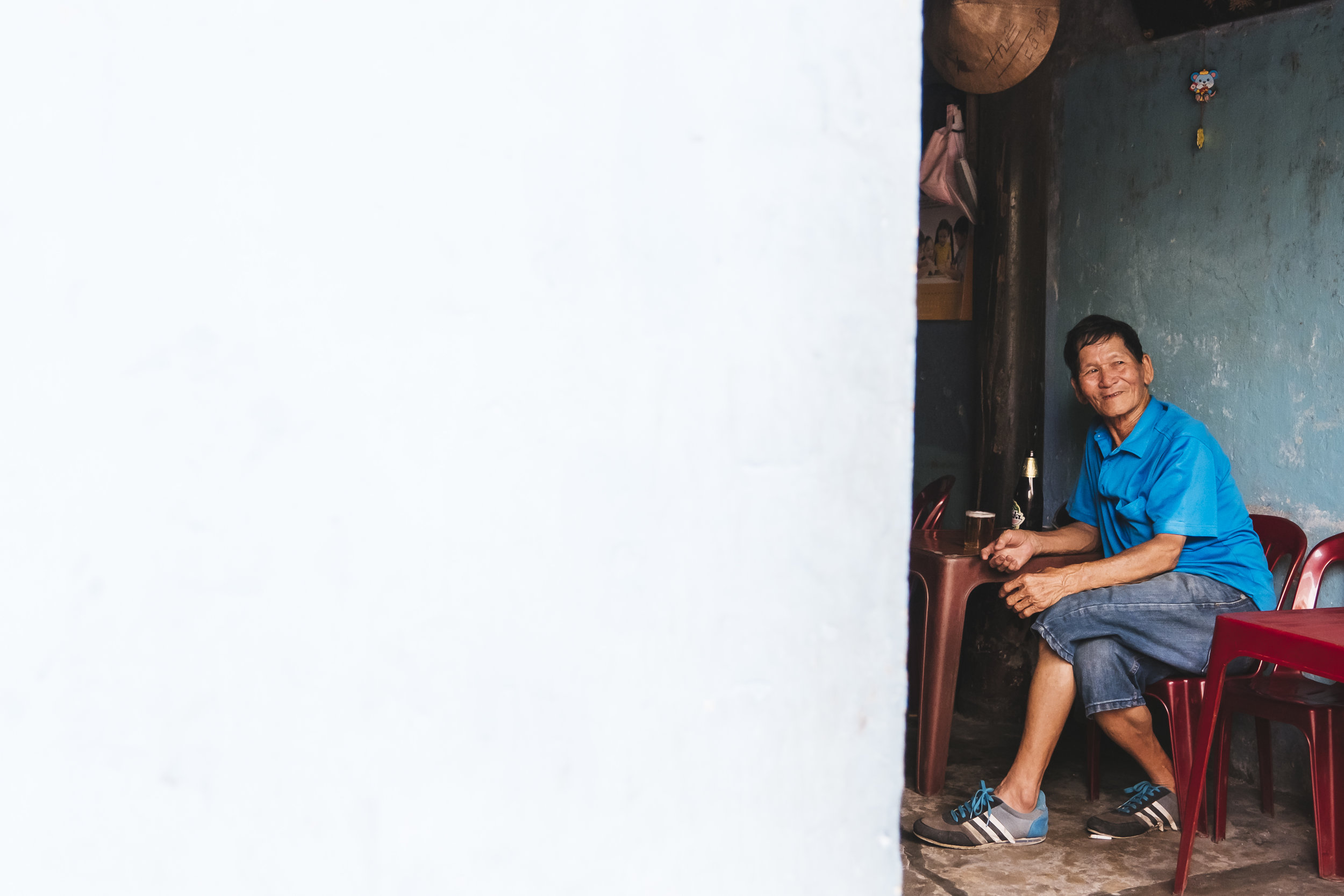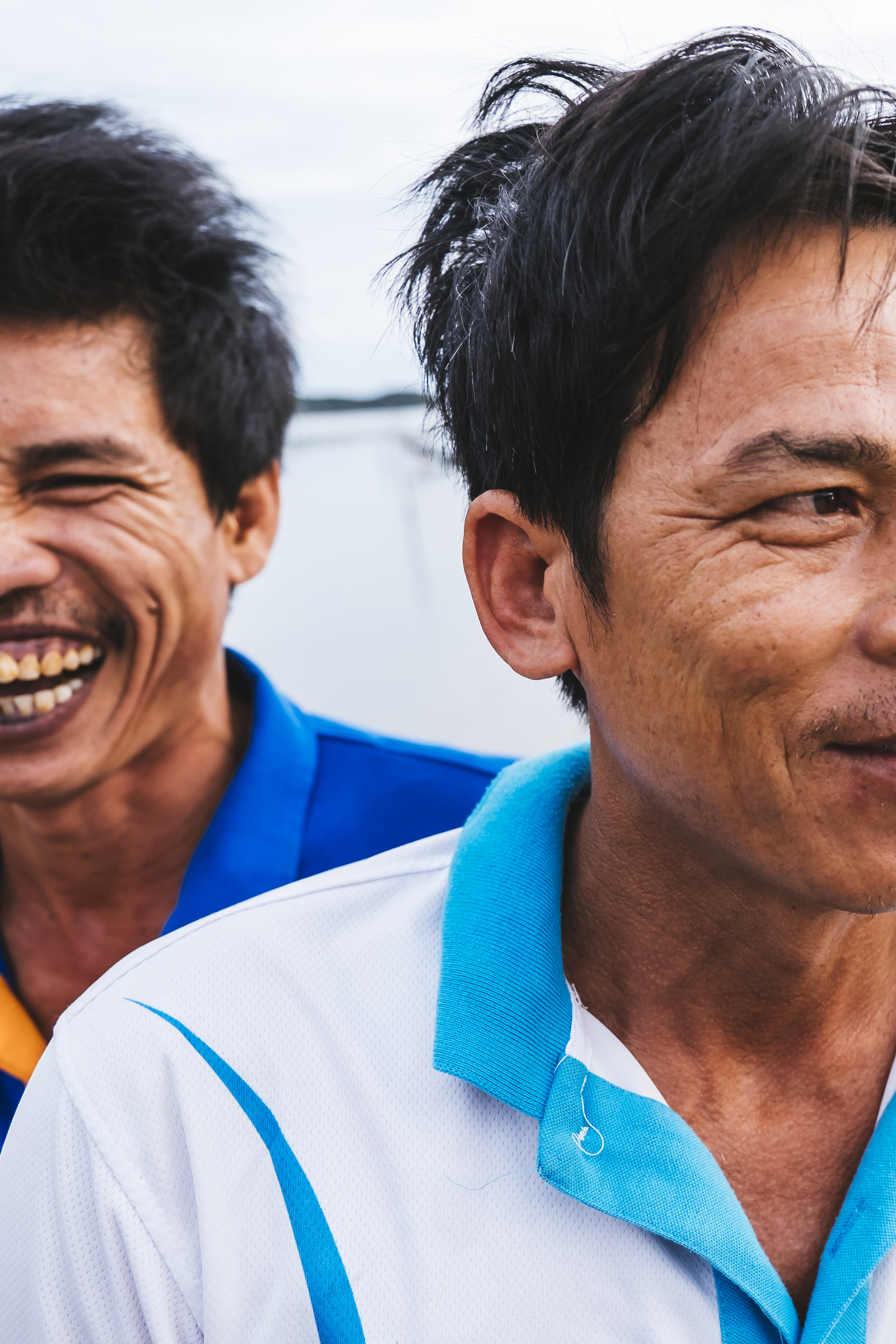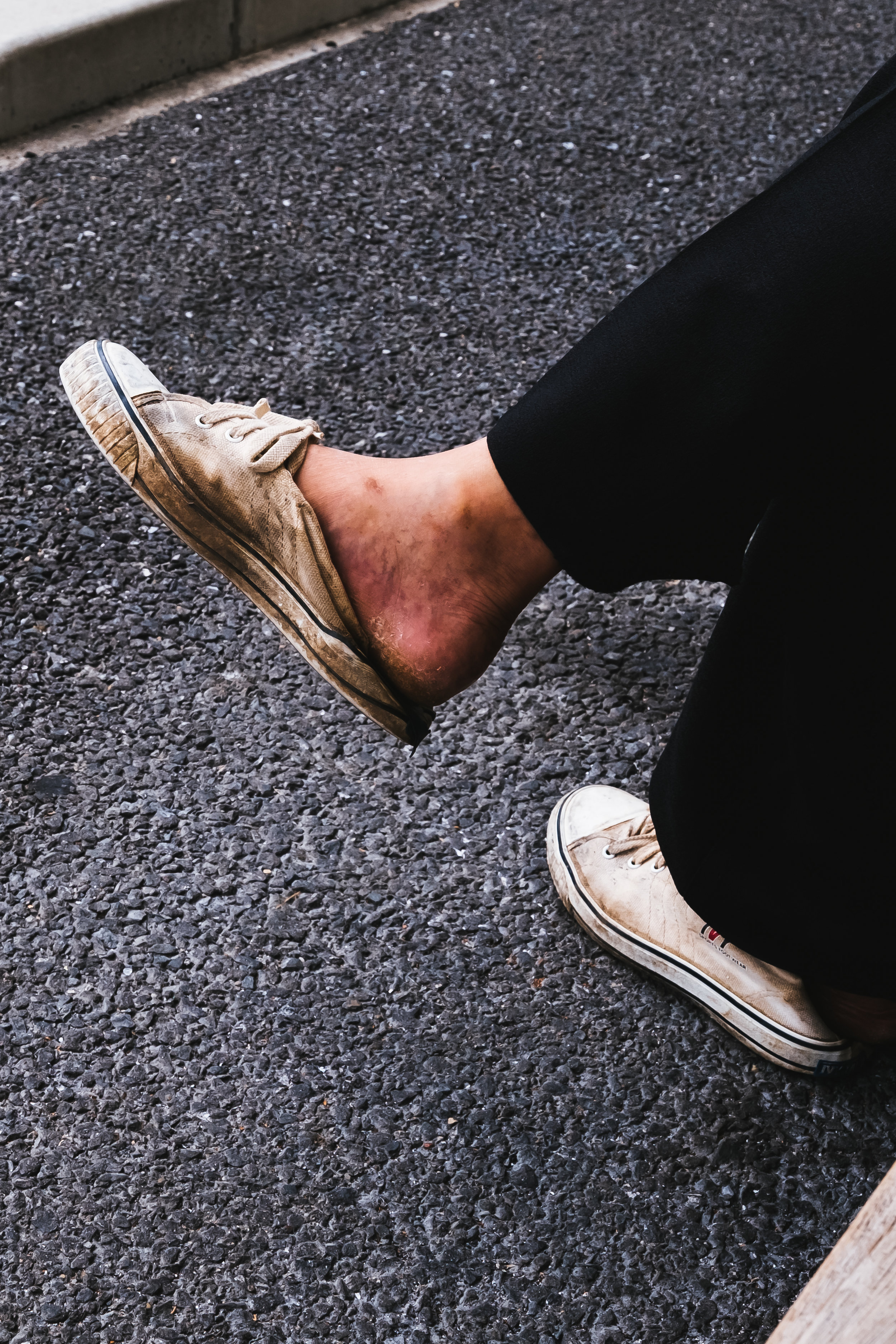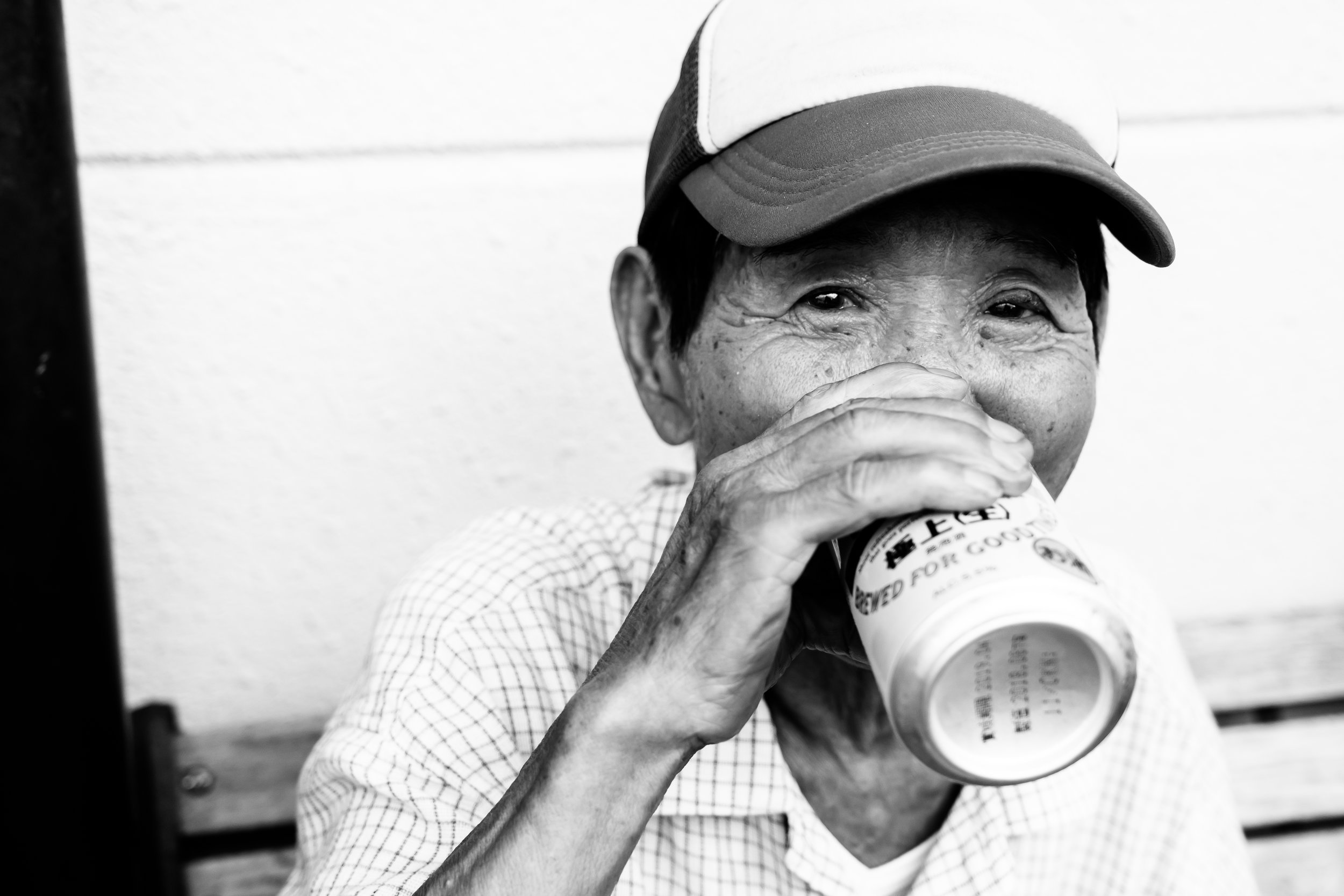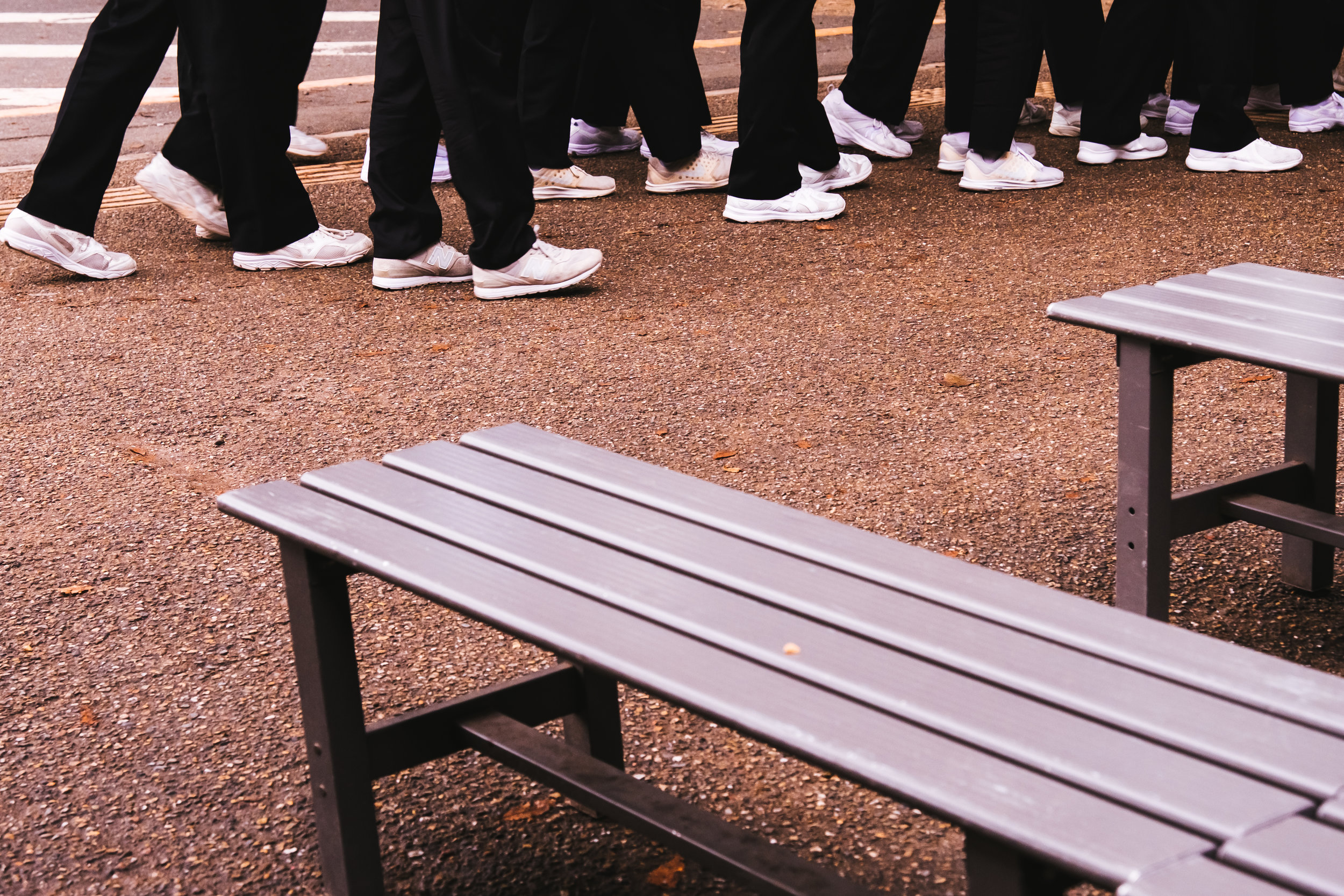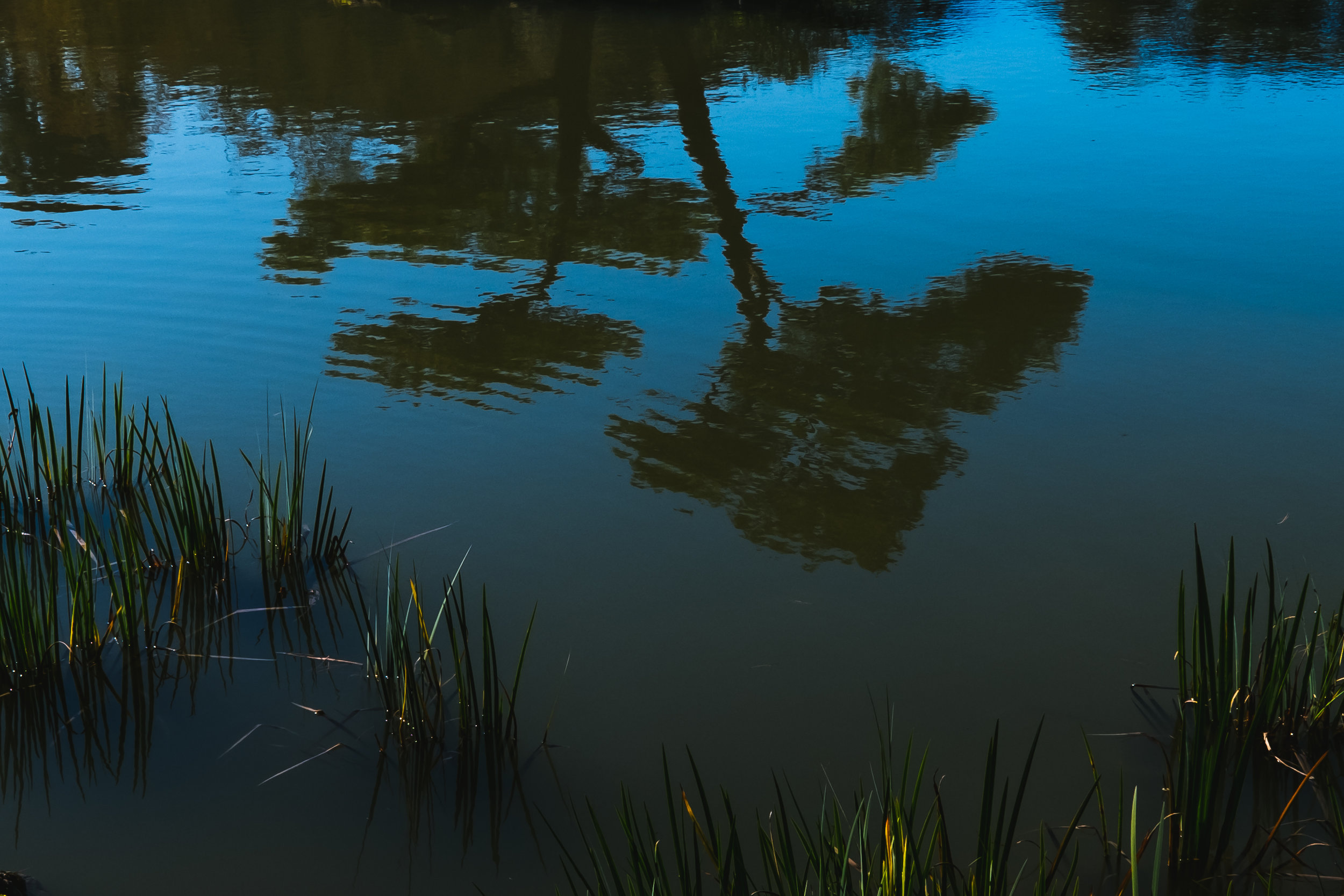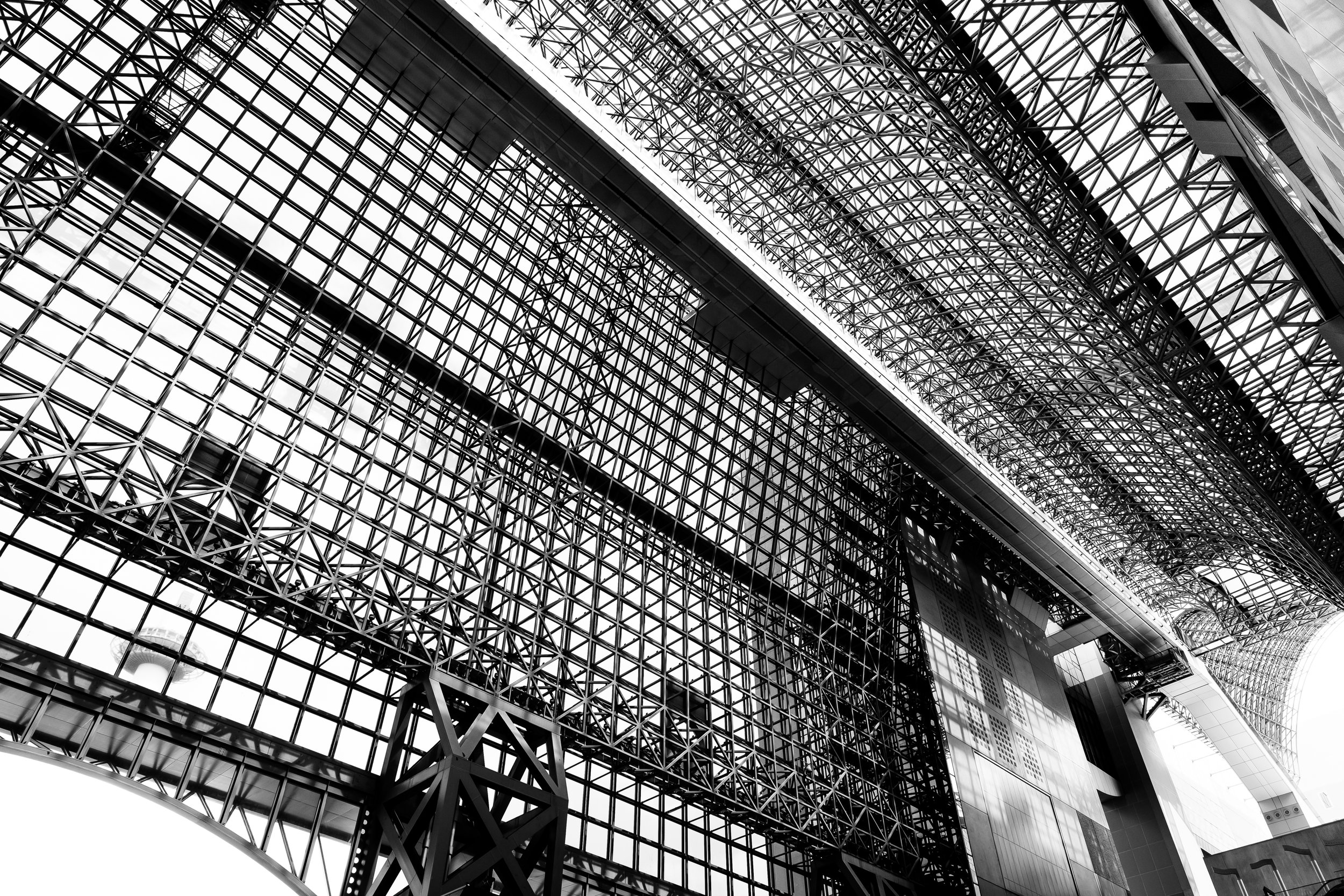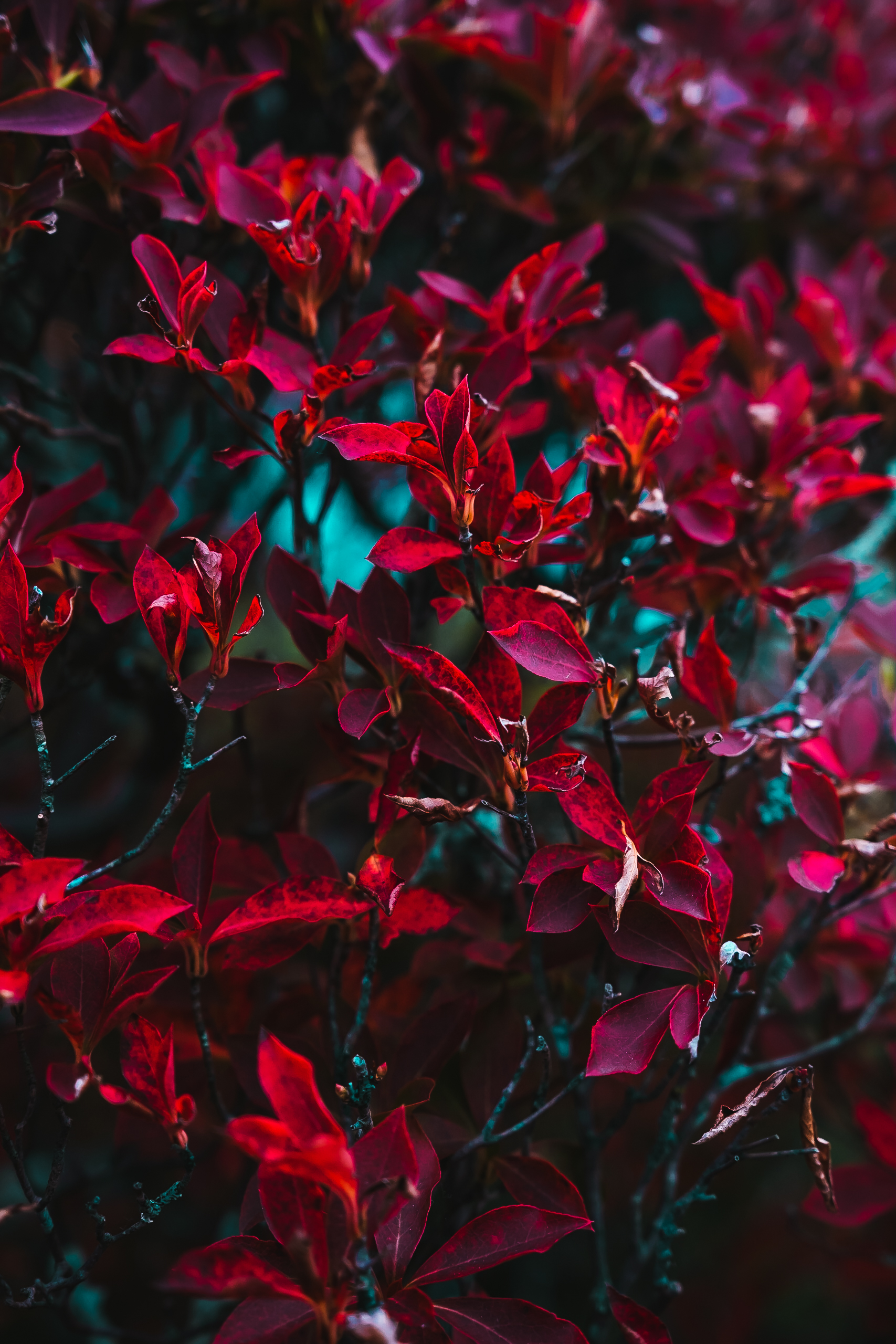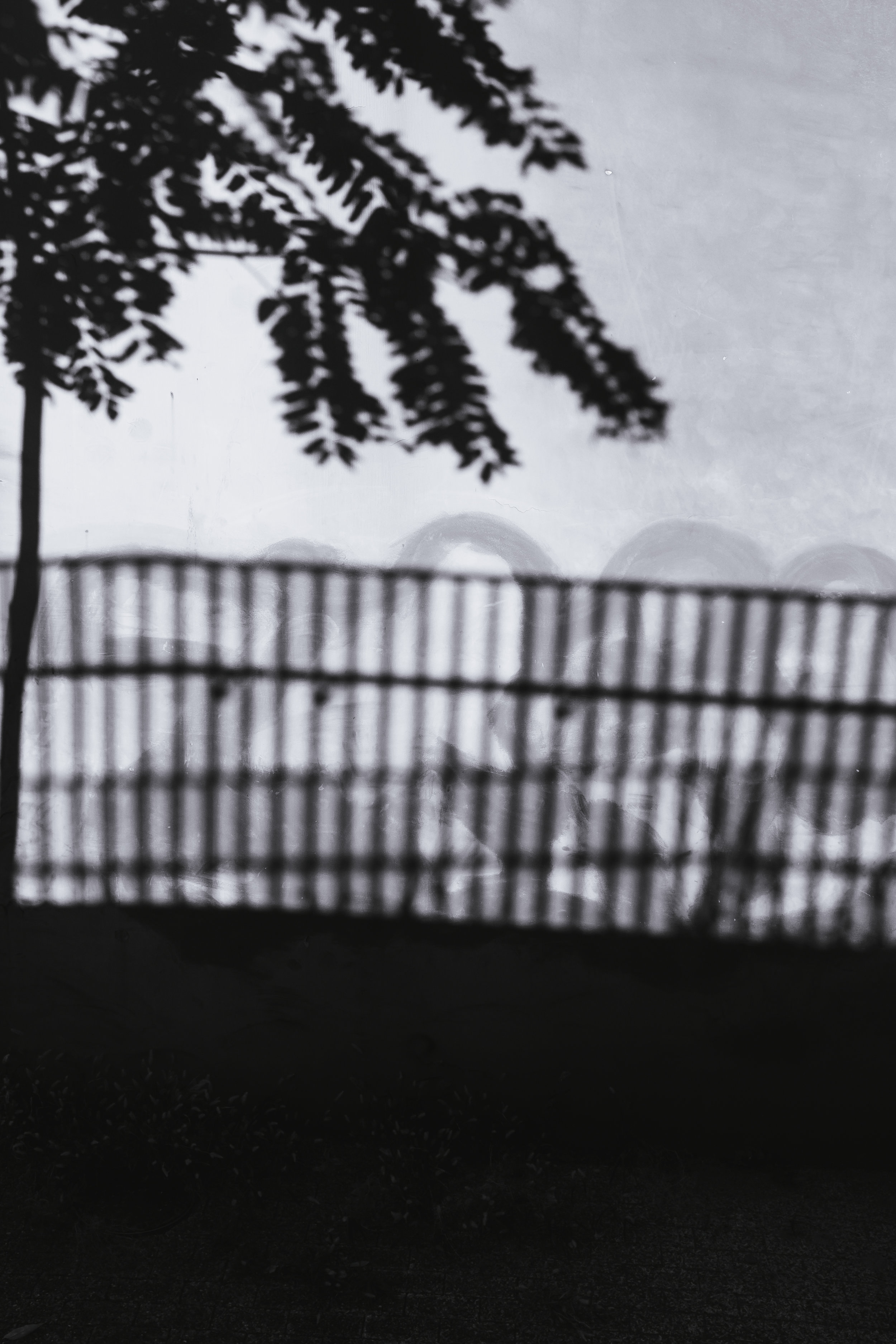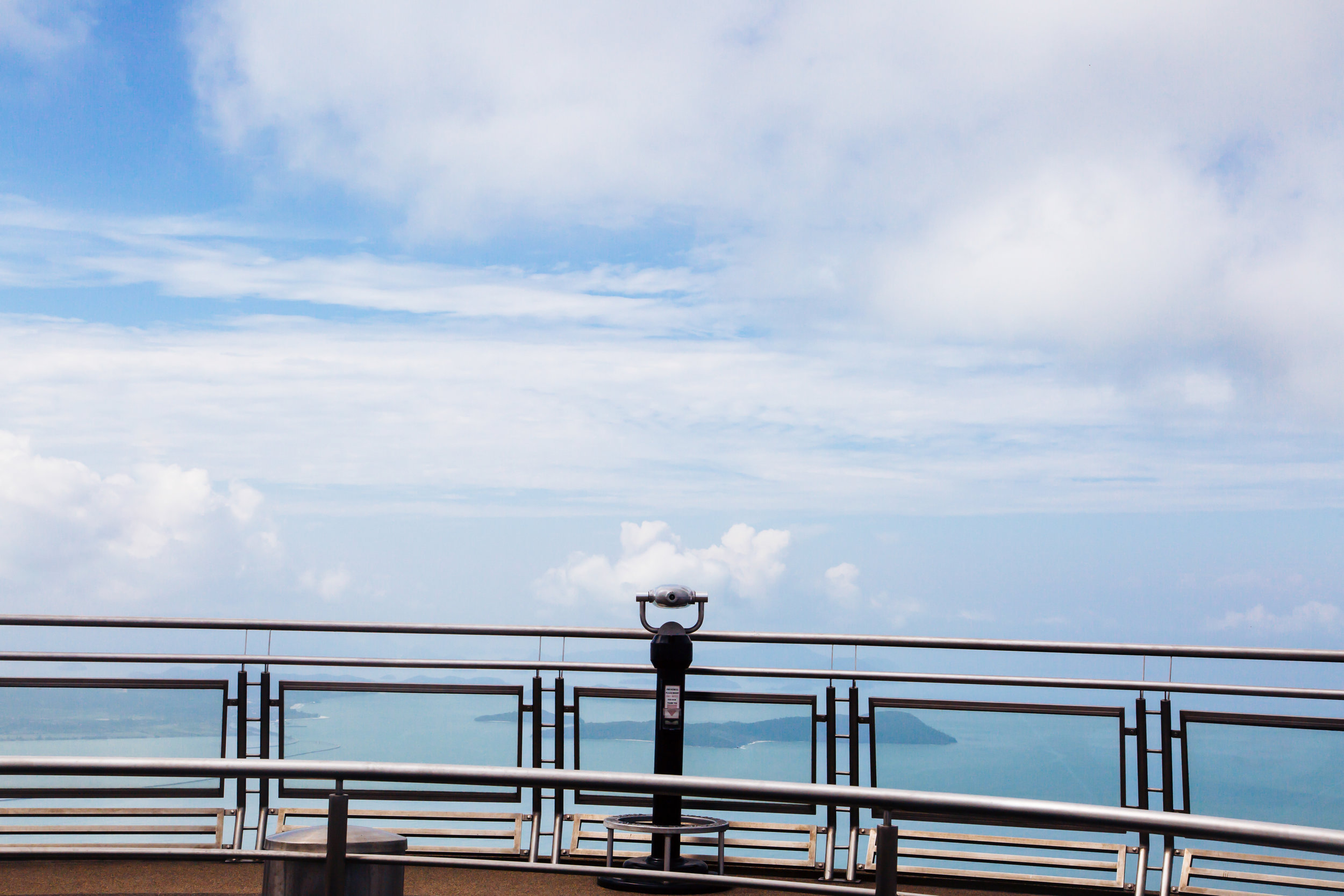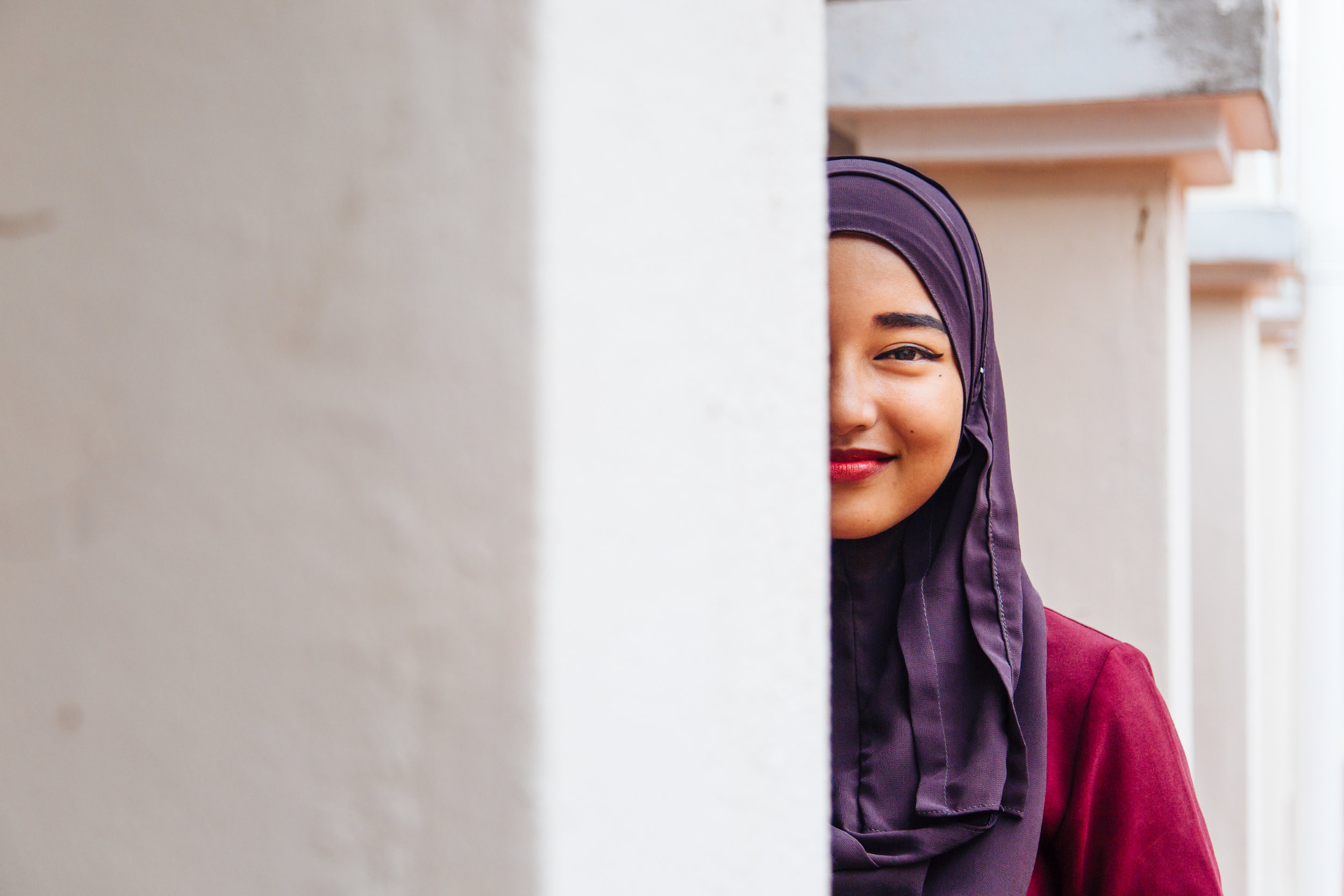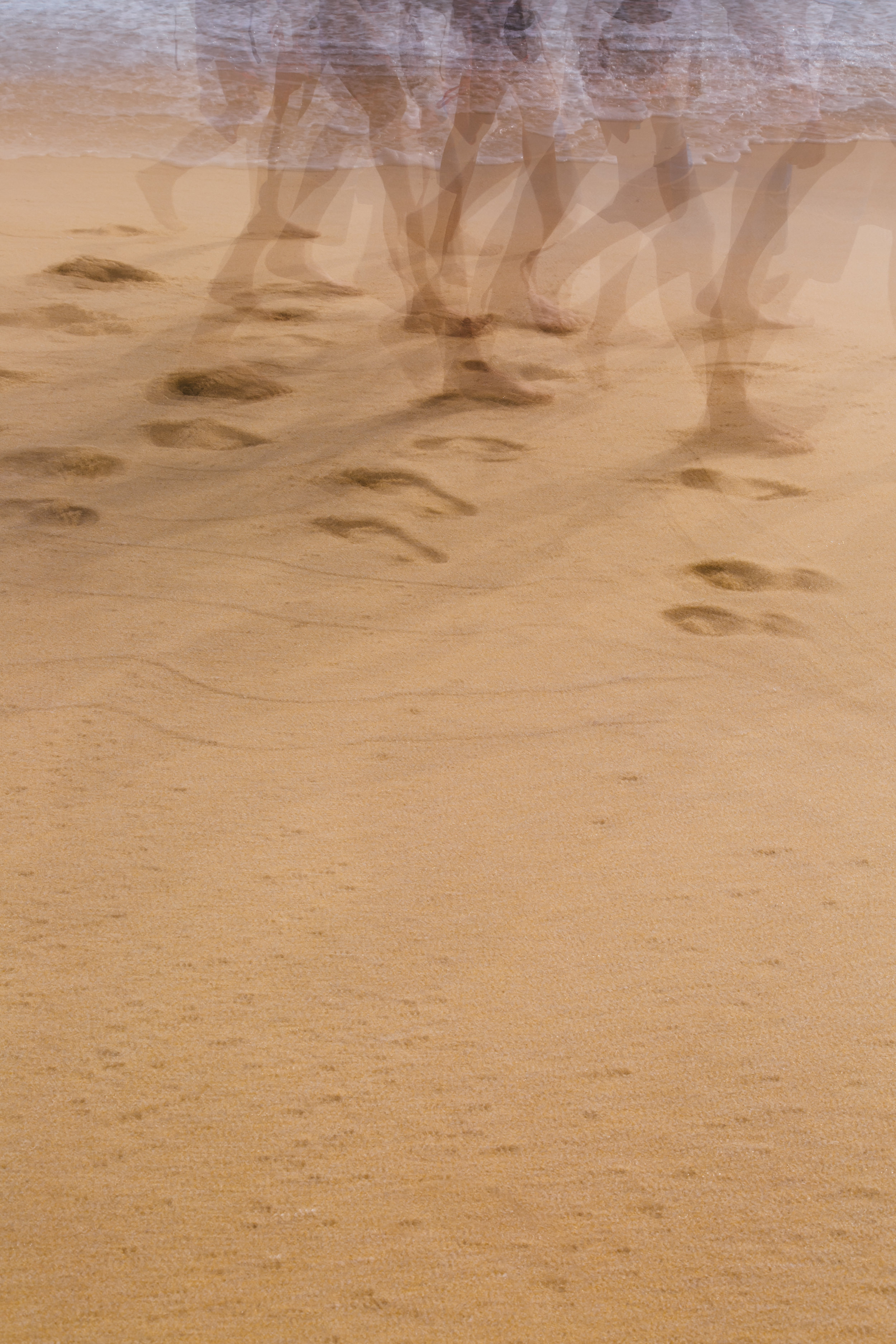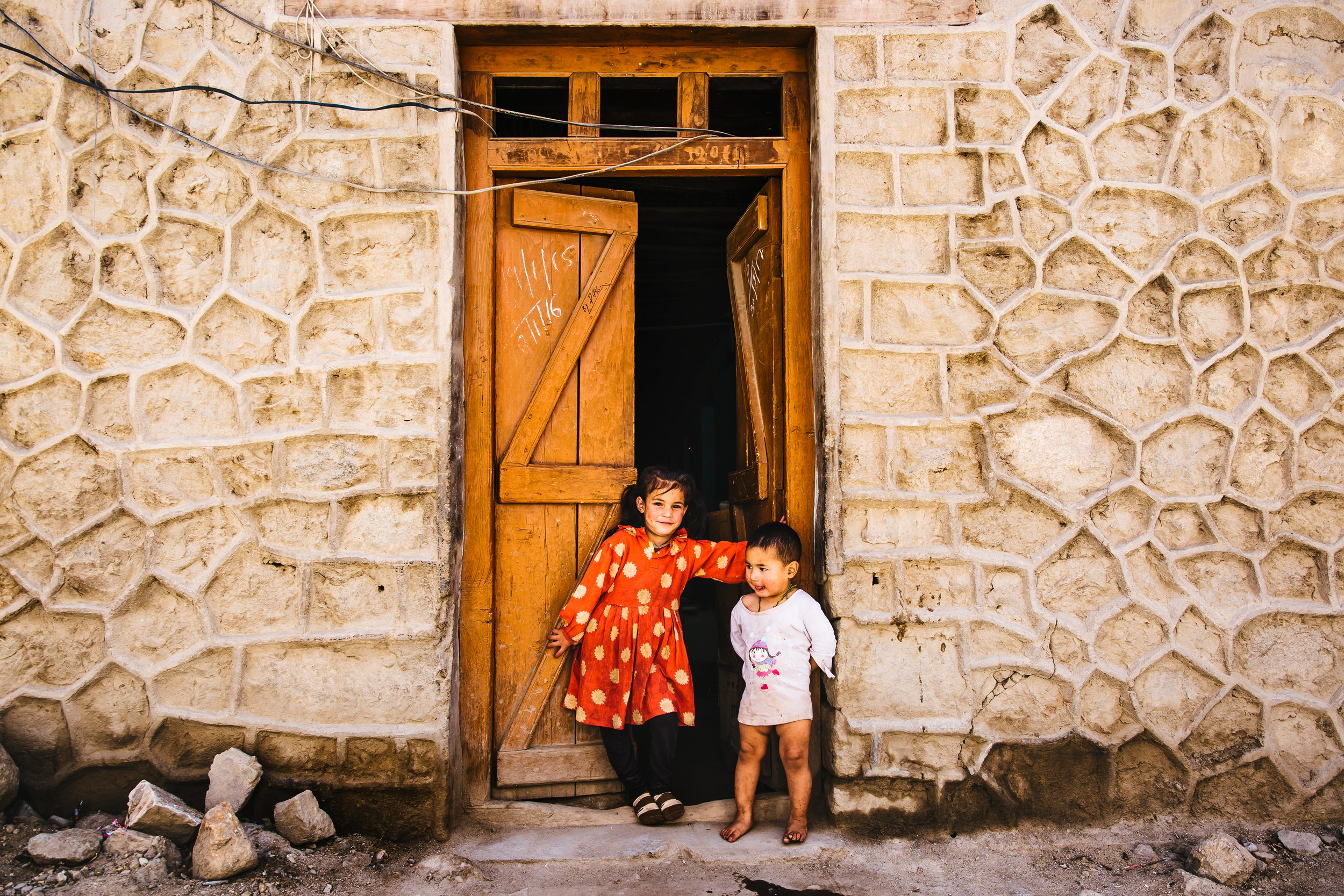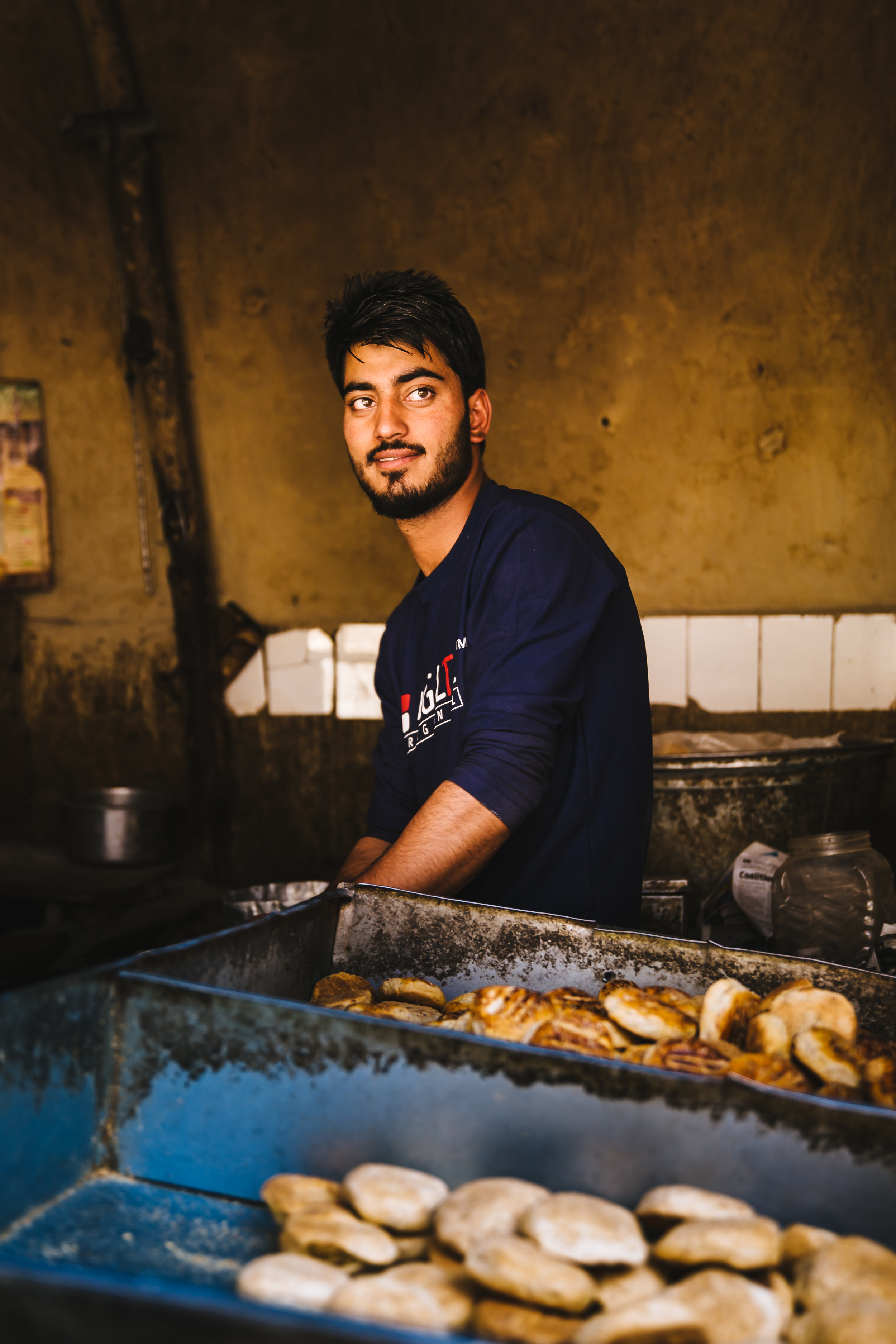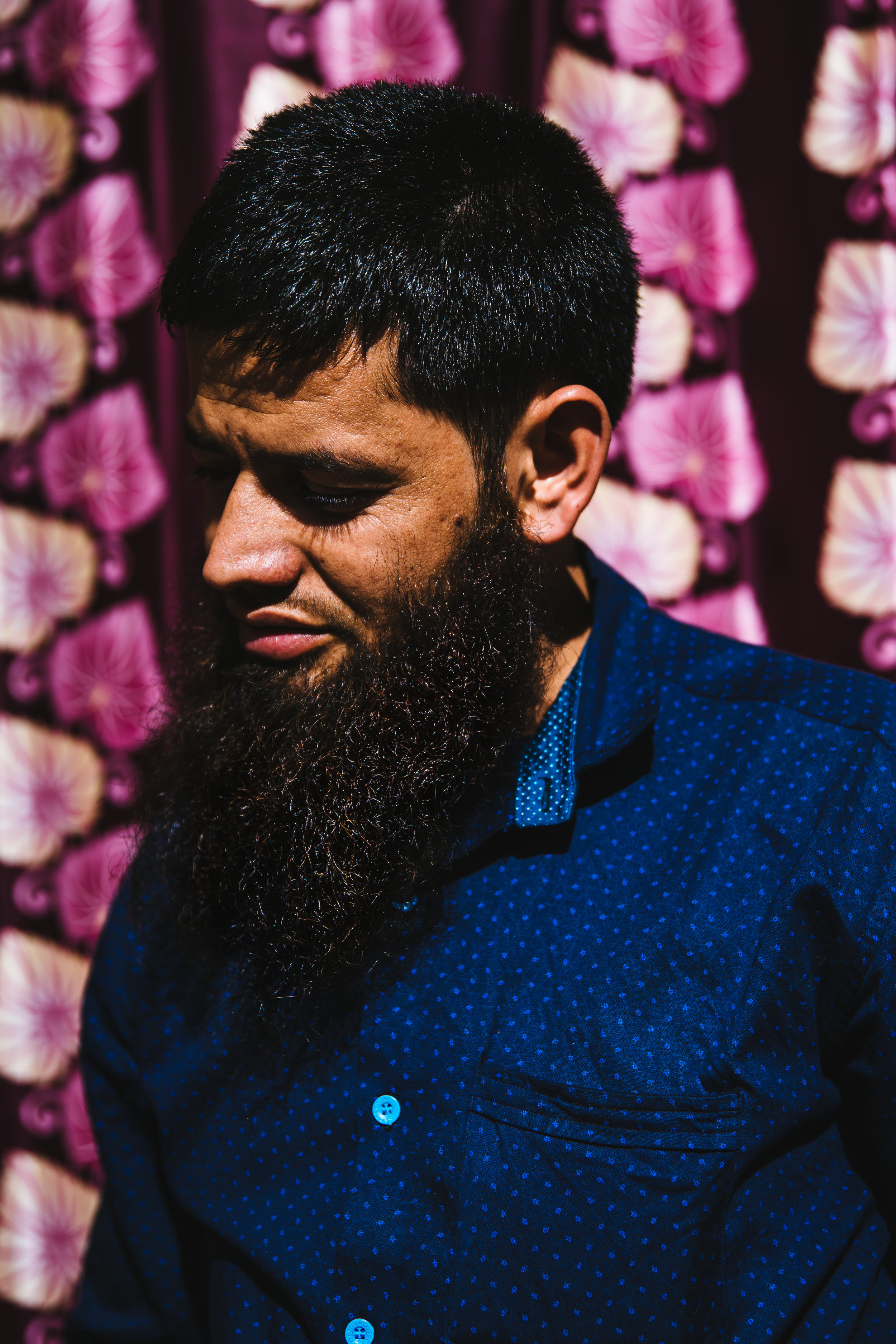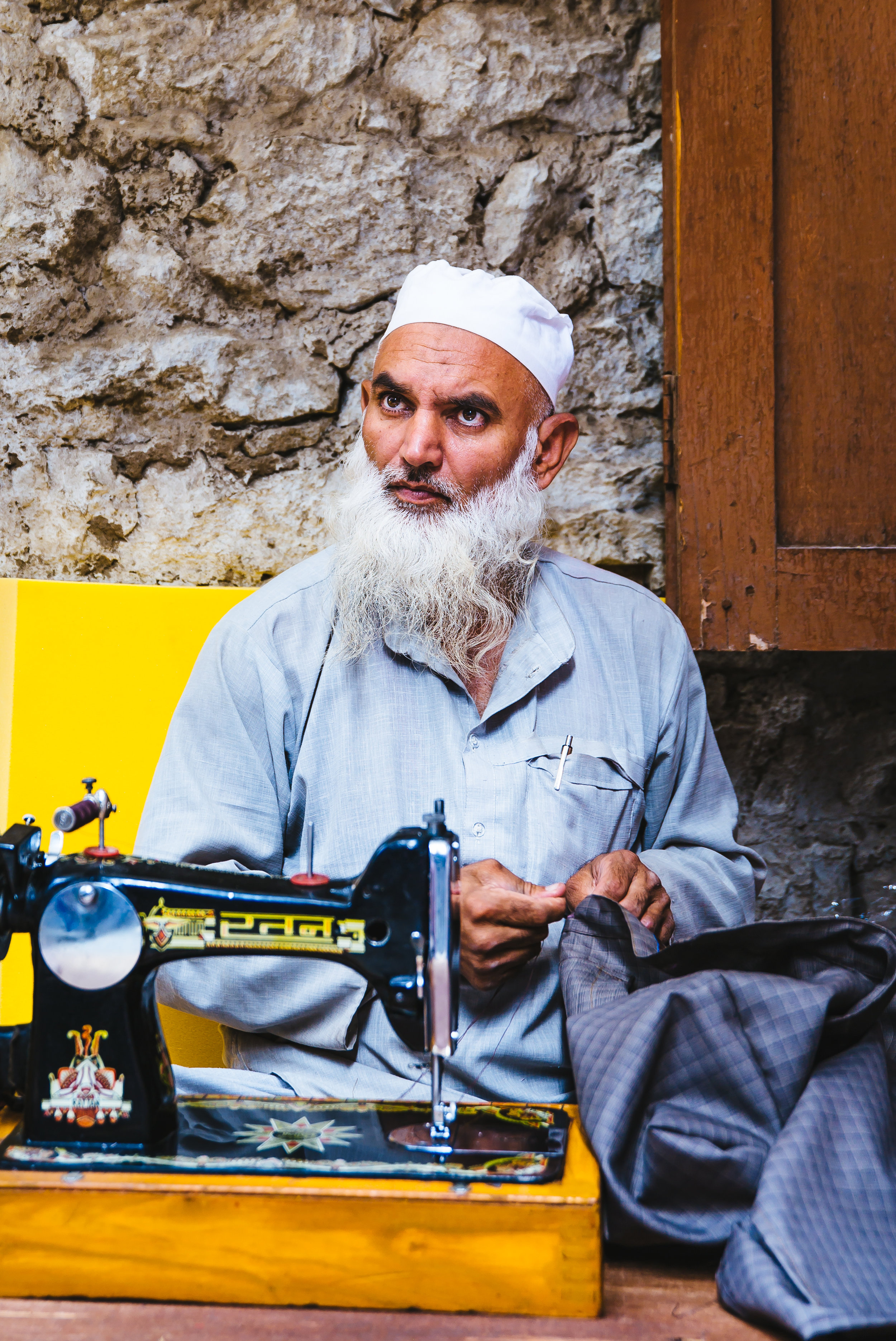travel
B-Roll | Central Vietnam
Whether landscapes, portraits, or details, I am drawn to beautiful images. I love freezing scenes in two dimensions. But I am just as much in love with the process as the final product. With a camera in my hand, I become lost in some undefined space that doesn’t follow the rules of time. I can easily, unknowingly, press the shutter hundreds, even thousands of times. Similarly, I can edit those images for hours on end without realizing how long I have been at my desk.
For me, this is the gift of photography, and, in its own way, a curse. At the end of any given year, I shoot between 100-000 and 250,000 photographs. There is always a wealth of material to sift through, mull over, enjoy, share, and discard. I enjoy every step of this photographic process. From prepping my gear to sharing the images, I find a rhythm in the cycle. I am also challenged by it. The stage that I wrangle with the most is the culling process.
Like me, the vast majority of professional photographers select a mere handful of images to share and take hours, days, or even weeks to cull down to the final cuts. This culling process is just an industry standard.
The final images that photographers “let out” are chosen for a variety of reasons. The few shots shared will be indicative of the photographer's style. The final cuts might be chosen to tell a story or to draw an editor’s attention. The final images might be selected in the hopes of getting more work in a particular genre. Some photos are chosen simply because they are beautiful, or gruesome. But, you better believe that the images a professional photographer chooses to share will be their best work, images strategically selected in order to highlight the particular skillset the photographer wishes to sell (in one form or another).
I understand the need to cull the plethora of images we make. The images photographers present will further establish our brands and will fuel the artistic personalities we have painstakingly manicured. We want to show our best work so that we have cohesive portfolios that are comprised of quality over quantity. We want to show our best work so that we are thought of by viewers, peers, and potential clients in high regard.
Oh, culling. This part of the photographic process is so challenging because of the mental wrestling match we have in our own mind. We have to separate our emotional attachment from our images and try to objectively look at them. A tough task. But the process is only made more exhausting by the nagging thoughts of self-doubt and fear of judgment.
“You are only as good as your last image.” Over and over we hear it, we repeat it to ourselves. We begin to believe it. But belief in this, or any other self-deprecating adage, only leads to a protectionist state. We guard our RAW files so that others don’t see the “imperfections” of the original shot. We have terabytes of space filled on hard drives, millions of images that will never be seen, a digital graveyard surrounding us.
Honestly, most of my images really aren't worth much, mediocre at best. Frankly, most of my work is rubbish.
But, I also acknowledge that there are a good number of images that I have made and love. For one reason or the other, those shots just didn't make the final cut into a portfolio, blog, or even onto my Instagram feed. These are images aren’t technically sound, composed properly, or creatively stellar. But, these images do still have a place in my heart and in my greater body of work.
At this point, I am fine with sharing more of my work (yes, even the mediocre stuff). Does this damage my reputation as a professional photographer? I don't think so. In fact, I think that sharing more of my work is, if anything, an example of how we, as artists, can take ourselves a little less seriously.
We need not protect our images (paintings, manuscripts, poems, or sculptures) as if their quality, or lack thereof, will define us as artists. We should share our work and offer it to the collective pool of artistic effort. With this in mind, I am going to start sharing my “B-Roll,” images made over the last years that didn't quite make the final cull.
Below is the first batch of B-Roll I would like to share. All images were made throughout Pics of Asia’s Central Vietnam photo tour.
Type: B-Roll
Location: Central Vietnam
Date: June 2018
Japan Photo Journal #1
Jewel Of Malaysia | Editorial Photographer In Japan
Jewel of Malaysia
The road straightens and I press the motorbike's accelerator a bit harder to refresh my body. a few morning rays have found their way through the full cumulonimbus clouds and, although it is early, toast all they touch. The sky debates, as it often does, whether to let loose with a torrent or to allow the terrain to bask in the morning light. As the straightaway comes to an end, I slow for zigzag switchbacks and a family of monkeys darting across the freshly paved road.
I climb higher through the rainforest. The ceiling of green gradually turns back to royal blue and the mountainous road comes to an abrupt end. Taking a lungful of air, I hop off my modest 110cc motorbike and carefully inch closer to the sheer cliff in front of me. I peer out at the Strait of Malacca, savoring the panorama from the northern tip of Langkawi, the cluster of 99 islands in the northwest state of Kedah, just 30 kilometers from mainland Malaysia. Although Pulau Langkawi, the biggest island in the archipelago, is just an hour's flight from bustling Kuala Lumpur, the capital seems light years away. Just 6 kilometers from Thailand and counting residents of Malay, Chinese, Indian and Thai descent, the island is one of the most culturally diverse areas in all of Asia.
The sky's debate ends and goliath clouds continue to form. Rain or shine, I am determined to spend my first day in Langkawi exploring the massive Machinchang Cambrian Geoforest Park. With geological formations dating back to the first period of the Paleozoic era, the thickly forested land is unfathomably ancient. According to locals, Machinchang refers to an ancient Malaysian giant, Mat Chincang, who during a brawl with his rival, Mat Raya, is said to have created the peculiarly chopped peaks seen today.
The peak of Gunung Machinchang is gained via SkyCab, which boasts the steepest cable climb in the world. As one ascends into the clouds, the temperature drops slightly and the gondola-style cabs teeter perilously in the wind. But the vertigo produced by the ride is instantly forgotten with the awe-inspiring view from the peak. At the pinnacle is the SkyBridge, a 125-meter single-support bridge that leads pedestrians over a forested abyss.
I head off to Telaga Tujuh, a series of cascades flowing down from Mount Machinchang. Its name, meaning Seven Wells, refers to pools fed by various streams. Due to Langkawi's tropical heat and humidity, ascending the 630 steps to the wells is no easy task. But my efforts are rewarded with a mysterious plateau dotted with freshwater pools, each colored by centuries of mineral deposits. Before beginning the arduous journey back down, I cool off with a plunge into the deepest pool.
Post-dip, I'm back on my scooter and riding rural back roads southeast. Moving from forest to paddies, I find Coconut Shake, a ramshackle oasis that can hardly be missed because of its wooden enclosure holding thousands of coconuts. Izham, the gentleman at the helm, hacks away at the coconuts, opening each with such force that the water sprays him with every swing of his machete. He expertly scrapes an average of 300 coconuts a day and serves them "original" or "on ice" to passing cyclists. I order the original and Izham puts his machete into another cocunet, dousing me before handing me a straw and a 2-pound tropical delight.
The next morning I drag east, stopping to pick up a modest breakfast. I park at Telaga Harbor Marina, a colorful port housing seafood eateries, a shopping complex, small fishing boats and yachts from around the world. I find a quiet spot along the shore and perch on a massive trunk of driftwood lapped by calm waves. Affter eating, I walk the marina and discover a stoic lighthouse. It is here that I meet Shila, a young girl who works nearby at a Chinese-Malay seafood restaurant. we exchange pleasantries and she urges me to vist Langkawi's many mosques as well as Lami Padi, an eco-museum dedicated to rice production.
Following Shila's advice, I move along to Lami Padi, a lad reserve showcasing the rice-planting traditions of Langkawi. The state of Kedah, after all, is known as the "rice bowl of Malaysia." A small air-conditioned museum details the idiosyncrasies of Malaysian rice production.
Moments from Lami Padi is Pantai Cenang, the busiest beach town in Langkawi. For many, a trip to Langkawi can begin and end here. Darting down a cluttered alley, I get my first taste of the beach life Langkawi is becoming famous for. A couple plays paddle board, families lazily walk the golden shore, and sunbathers reapply coats of SPF 50. In the distance, Jet Ski drivers fling their passengers into the dark blue waters, and nearby, small children try to body-surf in the angle-lapping waves. I plop down on one of the oversized beach cushions at Kalut Bar and Cafe, where I sip the bohemian joint's cold draft beer and take in Pantai Cenang's youthful atmosphere for an hour.
With evening upon me I complete my stroll along Pantai Cenang. As I head back to the main road, a colorful parasail catches my eye. Instead of swimming around the rocky outcropping that upholds The Cliff, a luxurious seafood fusion restaurant, I walk back to the main road and make my way to Pantai Tengah, a beach just a stone's throw south. Immediately I spot the staff of Cenang Baru Jetski, an adventure company operating from the tip of Pantai Tengah.
As sunset approaches, the line for parasailing grows longer. I don't mind; I am just as interested in watching the teams of Malay men pull young tourists by speedboat into the air and then precariously climb (untethered) into the colorful parachutelike sails for five-minute rides into the sea and back. I sit with Arhan, who has already fulfilled his daily quota of flights, and am amazed to learn that in peak season, each "flyer" can take up to 70 journeys into the sky.
My last day begins by following Bukit Malut Road, a coastal byway hugging the southeastern shoreline that allows for a slow pace and views of Pulau Dayang Bunting, the second-largest island in the chain. I finally make it to Kuah, Langkawi's largest and most populous town. A Thai spot appropriately names Thai House Kuah calls to me. I order vegetarian spring rolls and a karabu mango salad. But my mind is on the main course of pet pat chicken, a fiery dish known to warm the belly long after the plate is clean.
As I finish my meal, my guide for the day arrives. Mohammed has a gentle demeanor and a humble stance. Only 26, Mohammed has spent seven years living and working in Kilim for Flora Fauna, his father's eco-tourism business. Having just seen Machinchang, it is hard to imagine a more alluring natural environment, But Mohammed promises me otherwise.
As we ride toward the Kilim River, Mohammed gives me an overview of the natural environment we will encounter during our afternoon boat journey; The Kilim Geoforest Park, home to the region's mangrove eco-system, magnificent coastal beaches, mud flats and caves. But, Mohammed adds, within the reserve there is always a good chance of meeting macaque monkeys, eagles, monitor lizards and otters.
Our first stop is Gua Kelewar, a limestone cave commandeered by thousands of roosting bats. We lower our voices as we enter out of respect for the nocturnal creatures. Minding the slick guano, we carefully make our way out the opposite end to the mangrove forest, perfectly exposed during low tide. I lean in for a closer look and Mohammed swiftly pulls me back. Without any sign of fear, my young guide points to the limb closest to my face. "Mangrove pit viper," he whispers in my ear. "Just a baby." Sure enough, there, perfectly camouflaged by its orange-and-brown patterns, is the venomous serpent.
Next we meet Paksu Bakar, a fish-farm owner and marine expert living and working atop his floating enterprise. Paksu, a conservationist by nature, is an educator at heart. While his line of fish farms has sustained seafood restaurants catering to tourists, Paksu is especially keen to acquaint his guests with the aquatic species of Kilim. Among others, Paksu giddily shows us stingrays and the archer fish, a creature known for its habit of preying on insects and small animals on low-hanging waterside foliage by shooting them down with a well-aimed spurt of water from its specialized mount.
With Paksu waving goodbye, our boat driver, Abu, and his grandson Ani (age 5) sluggishly navigate our small boat down the Kilim River so we can inspect the mangrove sprawl, observe brown eagles, and pause as cheeky monkeys swim across thin backwater channels. At Mohammed;s request, Abu leads us into the open sea. Finally, around the tip of Langkawi, we set eyes n mainland Thailand.
I thank Mohammed for such a spectacular tour of Kilim. He gives me a polite bow. "My job is a trade-off," he says. "I am allowed to show and teach people about the natural environment that only exists in Langkawi. In return, I get to know a little bit about the world."
I want my last meal on Langkawi to be as local as possible. It is Ramadan, the holy month dedicated to fasting, prayer and introspection. Nearly 80 percent of Langkawi's residents are Muslim, and most of the island's local Malay restaurants are closed until sundown. Yet iftar, the meal eaten to break the fast on each night of Ramadan, is easily found at Bazaar Ramadan Kuah, a market dedicated to local cuisine. Entire families on motorbikes, elderly grandmothers and young men all flock to the smoke billowing out from under white spired tents.
Walking along the aisles of fan-blown, chargrilled chicken and fresh fruit, it doesn't take long to make a friend. I sit with Mahadzir, 47, who has served barbequed chicken at Bazaar Ramadan Kuah for six years now. When I ask about the Bazaar Ramadan, Mahadzir comes alive. "People are so happy during this month, and even happier to be at the bazaar. In an hour or so they will feast." Mahadzir flips a large chicken wing into the air and slyly catches it in a brown paper bag. "A Ramadan gift," he says as he hands it to me with a warming smile. Normally I would open the bag and immediately sample the gift. But eating the hawker fare on-site at any of the Bazaar Ramadan is strictly forbidden.
Strolling out of the market, my eyes are drawn to a local favorite dish; Nasi Ayam, Malaysia's version of chicken rice, is comprised of aromatic cooked rice, fried honey-glazed chicken and a zesty sauce (garlic, sugar, chilies, and lime). I purchase a portion and make my way out of the market.
For the last time I press down on the accelerator. With just an hour before sunset i race back to the southwest coast of Langkawi. The road seems to carry me back in time; To my right, green hillsides of giant ferns morph into rice fields that look like they were transplanted from central Vietnam, and with each kilometer I feel more relaxed. Like my motorbike drifting in and out of traffic, my mind wanders and reflects on my brief trip. What is it, exactly, that makes Langkawi the Jewel of Kedah?
I make it to a pier just in time to catch the last rays of sunshine. Savoring Mahadzir's chicken wing, I look north, past the crystal waters of Pantai Cenang and the paragliders of Pantai Tengah, toward Mount Machinchang standing proudly in the distance. Langkawi's willingness to ignore time and leave natural rhythms undisturbed is what defines this Jewel of Kedah, its land and people.
Originally published in Ritz Carlton Magazine (Fall 2017)
High In Leh, India | Travel Photographer
Leh | Northern India
A few minutes out of Delhi's Indira Gandhi Airport the cityscape was eclipsed by the fringe of the massive plains. Moments later the dotted evergreen foothills appeared. I thought back to 2006 and remembered feeling overwhelmed with awe upon reaching the gateway to the Himalayas. This view, eleven years on, ignited the same reaction.
From cruising altitude it was easy to make out the peaks, goliaths partially shrouded in clouds standing stoically in the distance. The green of the foothills quickly past and tremendous, deeply contoured valley appeared. The land was accented by the burnt oranges and erosion-reds found in high altitude deserts, a sedimentary time capsule with exposed layers of tiger-striped rock. The ridges below seemed to move closer, as if the ground was struggling upwards to meet the plane during the descent.
Deep down I knew that it wasn't responsible to fly into this part of Jammu and Kashmir. At over 3,600 meters, Leh's altitude is formidable, a hair higher than La Paz, Bolivia, the highest capital city in the world. I knew that taking a bus from Manali was the smartest option. But the infamous journey from Manali to Leh takes nearly two days of travel. I didn't have two days to spare. Nor did I have the desire to traverse one of the world's most dangerous roads in a cramped bus. With only five days to spend in the mountainous desert below, my only choice was to fly.
I told myself that I would be okay, that my body wouldn't be susceptible to the acute mountain sickness that plagues so many of Leh's visitors. I reminded myself of ski trips with my father on peaks well over 4,000 meters. There was no reason to worry.
Even in the summer, the air on the tarmac felt refreshingly cool. I was elated to be back in north India even if my time was limited. I pulled a breath deep into my lungs to see if I could notice a discernable difference from the air in Delhi. The Himalayan air was clean to the taste, worthy of being bottled and sold to the Chinese market.
My altitude anxiety eased and I redirected my nervousness towards my photography gear. I hate checking any bag, let alone the equipment that allows me to create, relax, and earn a paycheck. But I had no choice. Travelers are not allowed any carry on baggage on flights going to or departing from Leh, one of the subcontinent's most politically volatile regions. I trotted off the tarmac towards the machine-gun-guarded luggage racks and collected my cargo.
An hour later I was safely in my top floor hotel room. I opened the windows wide and let the sun warm the space. My rucksack rested in the corner but my photography gear was already out on the bed. I ran usual, neurotic checks to ensure that nothing was damaged during the quick flight from Delhi. I pulled out my drone batteries and started charging them in preparation for an evening flight. I cleaned my lenses. I formatted the army of memory cards I intended to fill.
Once sorted, I packed a small scouting bag with a camera body and a single lens. I couldn't wait to get out and explore, to get my bearings straight, and see what photographic possibilities Leh held. For years I had daydreamed about this trip and wanted to make every second count. And then it hit me...
Suddenly I felt extremely tired. It was only 3:00 in the afternoon but I felt as though I had been up for days. I cleared the gear explosion from the bed and lay down, deciding that "resting my eyes" for a moment would give me a needed boost of energy for my scout. Naturally, I drifted off.
I awoke startled, confused, groggy, and nauseated. The rays of sun no longer drifted through the still opened windows. It was dark outside and the temperature had drastically dropped. I didn't think that it was too late in the evening. I hadn't heard the nightly call to prayer that I knew would be heard throughout Leh. I opened my computer to see what time it was and was shocked to find that it was nearly 4:00 a.m. I had slept for 13 hours.
I felt awful, a new kind of awful. My mantras and positive self-talk didn't make a damn bit of difference. This was altitude sickness.
Over the next four days, I rarely left my hotel room. I barely ate anything, sustaining myself on plain naan and nuts. I couldn't seem to muster the energy to do anything except sit on the hotel's roof and admire the view of Leh Palace.
On my fifth and final morning. I decided that I had had enough. I was going stir crazy. I couldn't laze around any longer no matter how bad I felt. I pulled myself out of my little sanctuary, refusing to allow the trip to the Himalayas to be a complete waste.
Well before dawn, I located a driver willing to haul me a few hours drive the Manali-Leh highway. I desperately wanted to see the some of the monasteries and stupas I had flown so many hours to see. We made our way to both Shey and Thikse monasteries. I slowly climbed the seemingly endless monastery steps and onto the rocky outcroppings overlooking the desert valley. We traveled further to Hemis monastery, an eleventh-century gompa from the Drukpa Lineage forty-forty five kilometers away (could have been light years away considering Indian roads).
The six-hour excursion through the valley almost made the entire trip worth it. I kept thinking about how outstanding the trip was meant to be, how mesmerizing the experience would have been had I only followed my intuition. It was my selfish need to force a trip into my own timeline that was my biggest mistake.
I broke the first rule all seasoned travelers to India know to follow. Don't plan anything (because India has plans of her own). I didn't respect the mountains and, for that disrespect, was robbed of the sublime experience I had meticulously planned for myself.
Returning to Leh, I felt significantly better and seized that opportunity. I walked throughout Leh, stopping off at a construction site to watch workers lay the foundation for a new mosque. I had tea with a local named Mohammed. I explored the dusty lanes, stopping every now and again to take a photo or have a chat. I even decided that I would have a bite to eat.
I found a restaurant with a decent menu and ordered one of my favorite Indian dishes, chili chicken. Soon enough my dish arrived and it looked amazing, the chicken perfectly breaded and rubbed. The gravy over the capsicum and onions was delightful. Several bites in, I felt some energy come back and was relieved that the altitude sickness was now losing the battle.
Even if it was my last day in Leh, I was ready to make use of every last hour. I returned to my hotel room to pick up my drone. I finally felt well enough to take a flight over the valley. I assembled the drone's propellers, readied my controller, and grabbed a stack of extra batteries. Then it hit me.
I suddenly felt awful, a familiar kind of awful I had experienced in India many times before. I was sure of it... food poisoning. But the rest of the story isn't one to be repeated.










